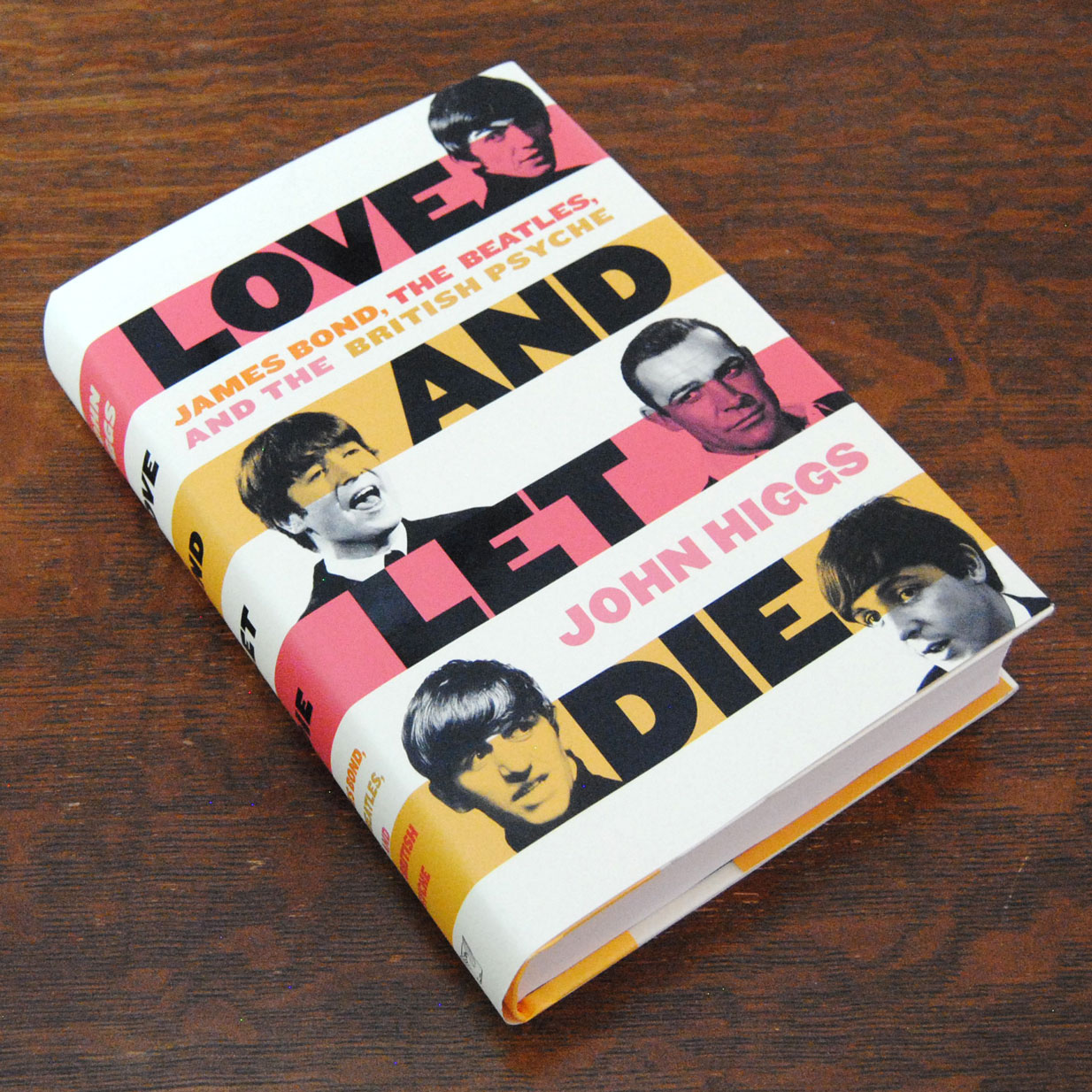
When you want to know more about The Beatles and James Bond, two of Britain’s largest popular culture exports, and what both meant to Britain and the rest of the world, you need to reach for John Higgs’ Love and Let Die: James Bond, The Beatles, and the British Psyche.
This book starts on Friday, 5 October 1962, when The Beatles’ first record, ‘Love Me Do,’ and the first James Bond film were both released. As Higgs states, “The Beatles were about to become the most successful and important band in history. Not to be outdone, James Bond would go on to become the single most successful movie character ever.”
The opposing forces of love and death that The Beatles and Bond respectively represent are intertwined in many odd and weird ways that make this joint history so intriguing. If you’re one of those people who think that McCartney’s ‘Live and Let Die’ Bond theme is the only overlap, this book will give you quite the education.
If you already knew that and perhaps more, this book will engage you in context discussions about popular culture, meaning, philosophy, and sociology.
One of the passages for me that I never considered as someone who has appreciated both The Beatles and Bond over the years is what this meant for boys and young men in the mid-sixties as both were exploding.
“For teenage boys, it was all very confusing. They thought they had a clear sense of what being a man was all about. They had masculine role models to learn from, and they understood what behaviour was expected of them. They knew they were expected to be brave, and good at fighting, in order to protect girls and their family. Having long hair and singing about love had no part of it.

The problem was, this no longer seemed to be what girls were attracted to. Here, in the different versions of male identity that the Beatles and Bond audiences were encountering, a crisis of masculinity was being born.”
I guess this is truly a case of “you had to be there.” This is something I had never considered before, but it’s worth the further exploration that this book gives it, and it’s probably overdue for broader discussion.
While this book is full of very interesting links between Bond and The Beatles, it would be demeaning to call it a book of trivia. This is a book, like many other important historical non-fiction works that use content, stories, and even trivia, to focus on the greater context.
It is endlessly fascinating to watch the interplay of Bond’s and The Beatles’ histories and contexts unfold in this book. It was a wonderful read for me as a member of both fandoms, but I would argue that if you only know Bond or only know The Beatles, this is still a great read. This is not one of those Venn diagrams where only when the two meet should you pick up this book and read it.
In the case of Love and Let Die by John Higgs, if you’re a fan of either topic or even just an Anglophile, you should definitely read this book.
Read the Secret File of technical information and quotes from Love and Let Die.